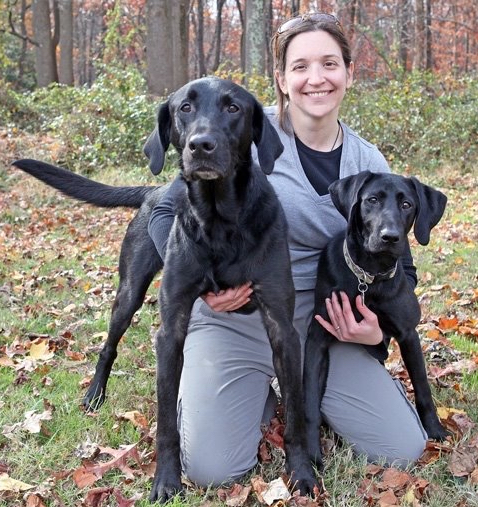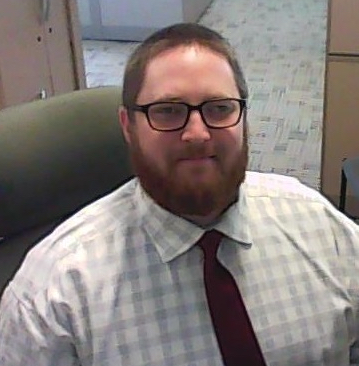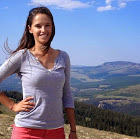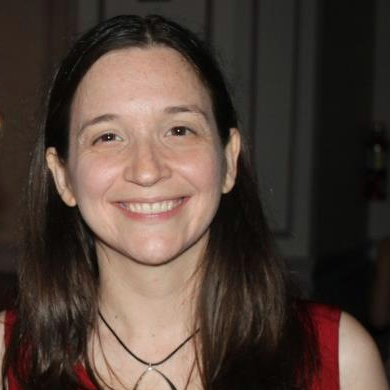From Fear to Understanding
By: Alec Masella
November 13, 2017

On October 11, three years of planning, research, and collaboration came to a head for Virginia Tech Master of Natural Resources (MNR) alumni Ryan Hathaway and Ana-Elisa (Isa) Bryant, as well as MNR faculty member Dr. Megan Draheim. Their paper “From fear to understanding: Changes in media representation of leopard incidences after media awareness workshops in Mumbai, India,” has been published in the Journal of Urban Ecology [3(1), October 11, 2017].
Co-authored with Sunil Limaye, Chief Conservator of Forests in Maharashtra, India, as well as Prerna Vinod and Vidya Athreya of Wildlife Conservation Society—India, the paper reports on before and after effects of human-leopard conflict workshops attended by the region’s journalists.
Working on this paper with Dr. Draheim allowed Hathaway and Bryant to expand their ability to collaborate with scientific colleagues across the globe. Occasionally stymied by time zone differences, language barriers, and full-time job commitments, the VT group and their three colleagues in India, managed to work consistently and cohesively, prior to acceptance of the manuscript for publication.

The process began when Dr. Draheim realized that a human-wildlife conflict research project she and one of her peers in Mumbai were working on might be of interest to some of the students in her Human-Wildlife Conflicts class.
“I love working with students on research projects in general,” she says, “so I put a call out to students. Isa and Ryan contacted me… they took charge of the project.” Dr. Draheim served as advisor for the study, troubleshooting and offering support to her students.
Before diving into the topic, Hathaway, Bryant, and Draheim took two months to plan how they would see the project through. The issues at hand: Did media workshops reduce the sensationalistic tone of journalistic coverage of leopard attacks? And could an under-utilized tool (Qualitative Content Analysis, or QCA) effectively measure the impact of the workshops? The answers to these important questions would inform not only the Mumbai project, but also potentially other conservation initiatives aimed at working with journalists.

The team decided to use QCA because it had the potential to be a good evaluative tool, and also because it could be a relatively simple and inexpensive way that conservation scientists could evaluate their interactions with the media. Ryan Hathaway, a Planning and Environmental Analyst at the U.S. Bureau of Land Management in Washington, DC, describes it as a code that scanned the “content and characterization of leopards and how the media headlined leopard attacks… it was not a common method of study,” but the project required the team to capture the occurrences in a qualitative sense.
The India-based part of the research team developed a human-leopard conflict workshop to teach journalists about leopard behavior patterns and the factors that can trigger attacks, such as people walking near food waste sites after dusk. The US-based team then looked at headlines from media coverage before and after the workshops to see if the tone of the news coverage had changed.
Before the workshops, coverage tended to be rather sensational, while afterwards the headlines became more nuanced and informative. This was an important finding, as media coverage can influence public perception of human-wildlife interactions.
An additional finding of this study was the effectiveness of coding newspaper headlines to produce qualitative data. The team demonstrated that QCA can be used by conservation scientists with little specialized training to evaluate the effectiveness of interventions such as media workshops. Hathaway, Bryant, and Draheim hope that this method will be adopted by others in the field.

Isa Bryant, Stewardship Manager at the Land Trust of Virginia, says From Fear to Understanding was a perfect outlet to explore conflicts between humans and wildlife, a topic she became interested in through Dr. Draheim’s course. She explains, “human-wildlife conflict was a concept we had discussed in class—the paper gave me a real world application.”
The benefits of working on a research project were augmented by the opportunity it provided Bryant and Hathaway to form tight connections with other wildlife professionals. “I will always be able to reach out to this research team at any point in time,” Bryant added. “If something comes up, we can all reach out to each other, and we can even work together in the future.”
---

[Dr. Megan Draheim is a member of the Virginia Tech MNR Degree Program faculty, where she teaches courses on conservation ecology, urban wildlife management, and human-wildlife conflict. Ryan Hathaway and Ana-Elisa Bryant both completed their MNR degrees in 2014.]


